#inuit culture
Text
Women throat singing.
#indigenous#culture#indigenous russia#indigenous russian#russia#important#colonization#fypシ#fypage#landback#tuvan#tuva#siberian indigenous#siberia#indigenous siberian#siberian#inuit culture#indigenous music#musica#Beautiful#throat singing
133 notes
·
View notes
Text
Inui pink

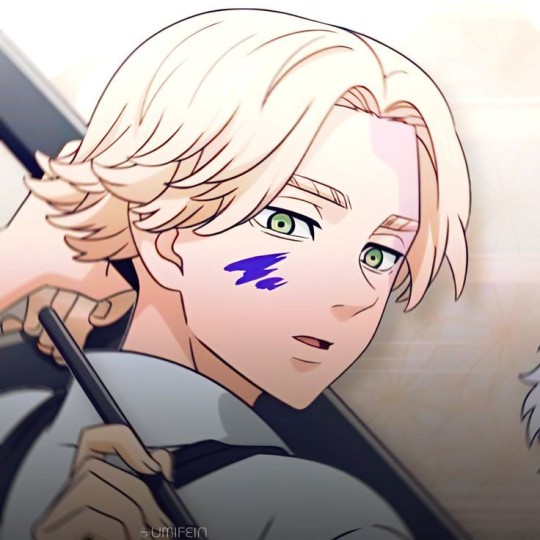


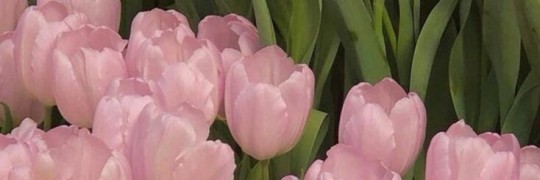




#art#headers#dividers#dividrs#fypツ#fyppage#colorido#anime icons#foryou#gif#pink obsessed#pink#inui x reader#inuit culture#inuit mythology#tokyo revengers inui#inui sajuna
33 notes
·
View notes
Text











Variations of the Word Sleep - Margaret Atwood // I Wanna Be Yours - Arctic Monkeys // Jane and Martina Somewhere in the Back of Studio 54 - Unknown, via Pinterest // Breathing In/Breathing Out - Marina Abramović // First Time - Lucy Dacus // A Love Song Seven Ways - Benjamin Lazar Davis // "Kunik" - @shinanova, via TikTok // Understand - Hippo Campus // Cherry Wine - Hozier // We Rose Up Slowly - Roy Lichtenstein
#web weave#web weaving#compilations#lyrics#poetry#words#breath#breathe#air#love#on love#love as breath#arctic monkeys#margaret atwood#marina abramović#hippo campus#benjamin lazar davis#inuit#inuit culture#tiktok#hozier#roy lichtenstein#lucy dacus#dark academia#light academia
59 notes
·
View notes
Text


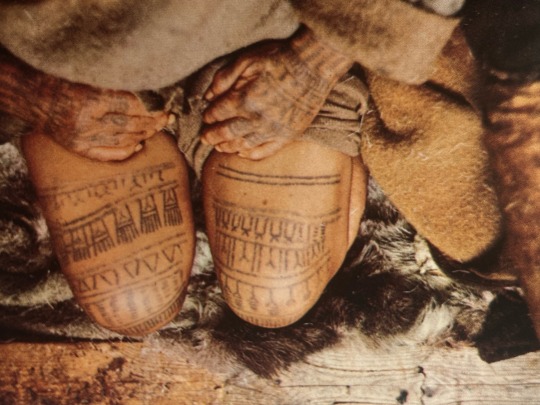
Scenes from Inuit life, Alaska
The World of the American Indian, National Geographic, 1974
#alaska#inuit culture#Inuit#vintage#national geographic#indigenous history#indigenous#traditional tattooing
45 notes
·
View notes
Text
Music Born of the Cold

Inuit throat singer Tanya Tagaq won the Polaris Prize in 2014 for Canada's best album of the year. Animism contained sounds never heard before in Canadian pop music: breathy throat singing, screeches, roars and other human sounds for which the English language has no names. Tagaq's music was ambiguous. She seemed a shamanic figure.
Suddenly, she and other throat singers were everywhere. Indigenous artist Caroline Monnet incorporated Tagaq soundtracks into her hypnotic art videos. Some touring rock groups hired throat singers as opening acts. For a time, no television variety program was complete without a guest spot for throat singers.
Tagaq may have seemed like a new and unique voice. But she had basically jazzed up a genre of Inuit music that has been performed on the land we now call Canada for thousands of years. Inuit throat singing, or katajjaq, is a distinct type of throat singing uniquely found among the Inuit. It is a form of musical performance, traditionally consisting of two women who sing duets in a close face-to-face formation with no instrumental accompaniment, in an entertaining contest to see who can outlast the other. One singer leads by setting a short rhythmic pattern, which she repeats leaving brief silent intervals between each repetition. The other singer fills in the gap with another rhythmic pattern.
The sounds used include voiced sounds as well as unvoiced ones, both through inhalation or exhalation. The first to run out of breath or be unable to maintain the pace of the other singer will start to laugh or simply stop and will thus be eliminated from the game. It generally lasts between one and three minutes. The winner is the singer who beats the largest number of people.
Originally, katajjaq was a form of entertainment among Inuit women while men were away on hunting trips, and it was regarded more as a type of vocal or breathing game in the Inuit culture rather than a form of music. Katajjiniq sound can create an impression of rhythmic and harmonious panting. Inuit throat singing can also imitate wind, water, animal sounds and other everyday sounds.
Notable traditional performers include Qaunak Mikkigak, Kathleen Ivaluarjuk Merritt, as well as Alacie Tullaugaq and Lucy Amarualik who perform in the katajjaq style. Several groups, including Tudjaat, The Jerry Cans, Quantum Tangle and Silla + Rise, also now blend traditional throat singing with mainstream musical genres such as pop, folk, rock and dance music.
Tudjaat (Madeleine Allakariallak and Phoebe Atagotaaluk) performed on the song "Rattlebone" from Robbie Robertson's 1998 album Contact from the Underworld of Red Boy. The album is composed of music inspired by Aboriginal Canadian music (including traditional Aboriginal Canadian songs and chants), as well as modern rock, trip hop, and electronica, with the various styles often integrated together in the same song.
To learn more, watch this video of Inuit throat-singing sisters Karin and Kathy Kettler from Canada. The sisters carry on the traditions of the elders from their mothers' village in Kangiqsualujjuaq, Nunavik, which is located in northern Quebec.
#inuit culture#throat singing#world music#shamanic music#free music#music review#first nations#indigenous cultures
23 notes
·
View notes
Photo
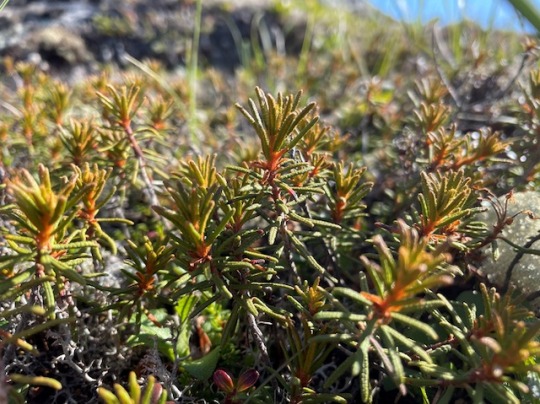
Plants Against Parasites
From traditional knowledge to modern drug discovery, the natural world is a constant source of inspiration for medicine. Plants have proven especially useful in combating malaria, a disease caused by Plasmodium parasites and transmitted by mosquitoes: the widely-used antimalarial artemisinin was extracted from sweet wormwood, a plant used in traditional Chinese medicine, and promising candidates may yet emerge from a different culture. Dwarf Labrador tea (Rhododendron subarcticum, pictured) is traditionally used by Inuit and First Nations people in Canada to treat a wide range of ailments. Studying the composition of its essential oil uncovered 53 different molecules, dominated by ascaridole, a compound also found in other medicinal plants. Laboratory tests revealed both the essential oil and isolated ascaridole were toxic to Plasmodium falciparum, suggesting potential for antimalarial activity. As Plasmodiumbecome increasingly resistant to current treatments, drugs inspired by this tough northern plant could add useful weapons to our arsenal.
Written by Emmanuelle Briolat
Image from work by Jean-Christophe Séguin and colleagues
Département de chimie and PROTEO, Université Laval, Québec, Canada
Image originally published with a Creative Commons Attribution – NonCommercial – NoDerivs (CC BY-NC-ND 4.0)
Published in ACS Omega, May 2023
You can also follow BPoD on Instagram, Twitter and Facebook
#science#biomedicine#traditional medicine#inuit culture#first nations culture#malaria#antimalarial#plant extracts#rhododendron species
10 notes
·
View notes
Text
vimeo
NALUJUK NIGHT
Krampus gets all the attention for terrorizing kids during the holidays, but have you heard of the Nalujuk? Masked, dressed in animal furs, and carrying spears, these terrifying characters appear out of the night to give gifts to the good kids, while also chasing and beating the bad kids. This beautiful and stunning mini-doc is a look into this little known fascinating cultural tradition of the Inuit communities. This felt like part horror movie, part docu-mystery series ala In Search Of, which I really love.
#nalujuk night#short#short film#documentary#docu#krampus#evil santa#holiday tradition#inuit#inuit culture#in search of#black and white movie#monster#monsters#creature#junkyard demento#Vimeo
3 notes
·
View notes
Text
Seeing people online get mad about “why are there over 100 genders now!!??” makes me think about how people say “The Eskimos have over fifty words for snow” but actually there’s only one word for “snow” but they add descriptors to it in a way that made a European linguist think they were using different vocabulary words
#gender#more than 2#words for snow#snowclone#inuit culture#inuit language#native american#nonbinary#obviously it's not a one to one analogy
15 notes
·
View notes
Photo

Unpublished version of the variant cover for "Myths and Constellations", illustrated by me and written and published by Meet Myths! I really like this version! 🌙
You can find the book on Amazon in the following languages: ENG , ITA
You can also find all my useful links and contacts HERE.
#stars#meetmyths#asia marianelli#night sky#constellations#illustration#costellazioni#notte#night#art#artist#self publishing#author#artista#illustrazione indipendente#marianelli#myths and constellations#miti e costellazioni#caribou#inuit culture#greek culture#mythology#myths#inuit#greek#book covers#books
8 notes
·
View notes
Text
Cold winter: Angakkuq
ANGAKKUQ
Category: Inuit culture
The angakkuq (plural angakkuit, also spelled sometimes “angakkuq”, “angakkut” or “angatkuq”) is a very important figure of Inuit culture that has often been considered the “Inuit medicine man”, a form of spirit mediator for the community.
Angakkuit are traditionally men – there are female angakkuit, and nothing forbids it, but they tend to be rarer than their male counterpart. There are many different ways to become an angakkuq: you can be the son of the current angakkuq, trained by your father; a prophecy might have been delivered at your birth saying you’ll become an angakkuq; you might have showed some form of power or unique traits that convinced a mentor to train you into become an angakkuq ; or you might have decided on your own to become an angakkuq after receiving some form of dream or vision. Interestingly it seems that orphans and people who survived nasty things and “hard times” have a bigger tendency to become angakkuq – thanks to them being actually helped out by the spirits of their deceased loved ones.
To become an angakkuq means learning a lot of things: you have to learn the roles of an angakkuq, the rites the angakkuq must perform, as well as the special language spoken by the angakkuit (an archaic form of vocabulary) and the oral traditions of the Inuit culture. The training also demands that an angakkuq finds a spirit guide, or a spirit familiar, a “tuurngaq”, who will sometimes bestow upon its master/protégé great powers – running as fast as a caribou, flying in the sky, or even being stabbed or shot without receiving any wound. These auxiliary spirits can actually be various things, from the spirits of ancestors to inhuman entities, and are invoked by the angakkuq using their name (each spirit having one specific name the angakkuq learns). An angakkuq can also (and usually has) more than one “auxiliary spirit”.
The angakkuq lives a mostly normal every-day life and is, in day-to-day, not treated differently from anybody else: it is only when he is called forth for one of his specific missions that the angakkuq suddenly becomes a different person. The angakkuq offers people spiritual guidance and assistance: his job is to cure sicknesses, to interpret dreams and to understand the cause of misfortunes through divination. The angakkuq is also a “law-enforcer”, in the sense that he makes sure the three basis of Inuit society are respected. The Inuits do not have laws per se, but a set of three principles: piqujait (things to do), maligait (things to follow) and tirigusuusiit (things to avoid). When one of these laws/taboos/principles is broken, the angakkuq needs to act, because the consequences is a misfortune on the people (hunt parties coming back empty or injured, the weather turning bad, accidents happening…). To fix the problem the angakkuq will need to do an astral journey, projecting their spirit outside of their body, to understand the cause of the problem , before returning among the Inuit and questioning the people related to the incident – given the spiritual journey undertaken the angakkuq already knows who is responsible for the crime, but the questioning is often done to prompt a confession (which often is the solution to solve the problem). When a confession isn’t enough however, the angakkuq will give penances to the criminal, ranging from cleaning the urine pots of the community to swapping his wife for someone else’s. Normally when an angakkuq performs his job for the entire village or community, he does it for free – he can only be “paid” if he helps individual family, or one person, who will reward them for their effort.
The angakkuit could also act when either a birth became too dangerous, or when a newborn child could not be calmed down in any way: in Inuit culture, it means that a deceased member of the family is trying to live again through the child, and as a result to ease the process the child should be named after this deceased. And when the family cannot determine on their own who the haunting dead is (or when the situation becomes too critic to have time to search for the name), the angakkuq is called to help and he will give the child the name of one of his companion spirits, which is bound to save the child’s life and give it back the strength it needs. Usually such a “spirit-named child” is considered more likely to become a spiritual figure like the angakkuq. Interestingly, a naming process can also be a way one becomes an angakkuq: indeed, Inuit people could be “renamed” in their life in answer to a specific crisis, and the old name they rejected would not be lost forever but rather become an “auxiliary spirit” to the person – who in turn now could become an angakkuq. A story involved for example a man named Nanuq who had been named after an older cousin, but when said cousin died Nanuq felt as if he too had suffered death and to ease his anguish he was officially renamed Qimuksiraaq, but his old name “Nanuq” became a spirit accompanying him – a spirit taking the shape of a polar bear (as Nanuq means “polar bear”), and so Qimuksiraaq became in turn an angakkuq. Similarly, an angakkuq could give their own name to their descendants, before or after their death (for example appearing in a dream and demanding to be honored in this way), and it is considered that someone inherited an angakkuq name would inherit some of their powers, or become an angakkuq themselves.
- - - - - -
There is an annual ritual to which all the angakkuit participate: it is the appeasing of Sedna, “the sea woman”, the fearful goddess ruling the depths of the ocean. Sedna is a goddess prone to being angry, and the only way to appease her is to travel spiritually to her underwater domain (Adlivun) to comb her hair – a thing she cannot do herself because she doesn’t have any fingers. The angakkuq could also rather beg Sedna to calm herself, or fight her to beat her down depending on their methods, all to convince the goddess to not let the Inuit starve – and in turn Sedna would fill the waters with fishes and sea animals that the people could eat.
9 notes
·
View notes
Text
Inui pink





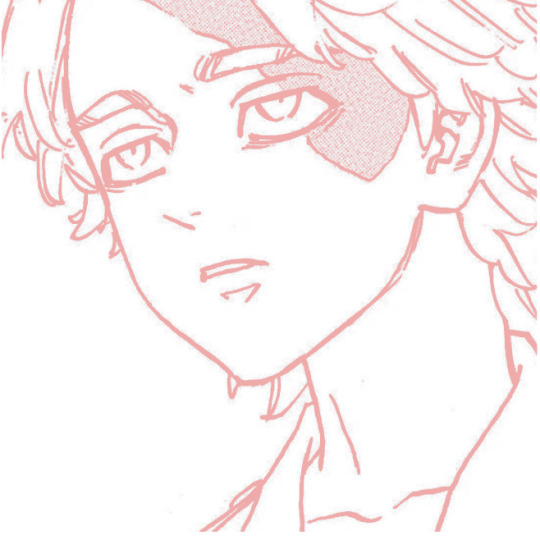


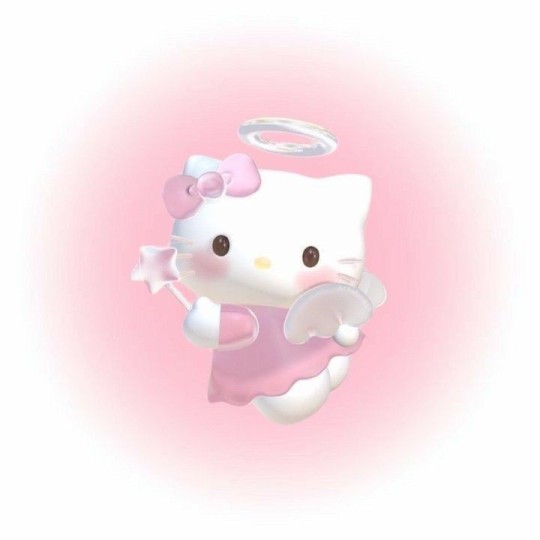

#art#headers#dividers#dividrs#fypツ#fyppage#colorido#anime icons#foryou#gif#tokyo revengers inui#inui sajuna#inuit culture#inuit mythology#inui x reader
15 notes
·
View notes
Text

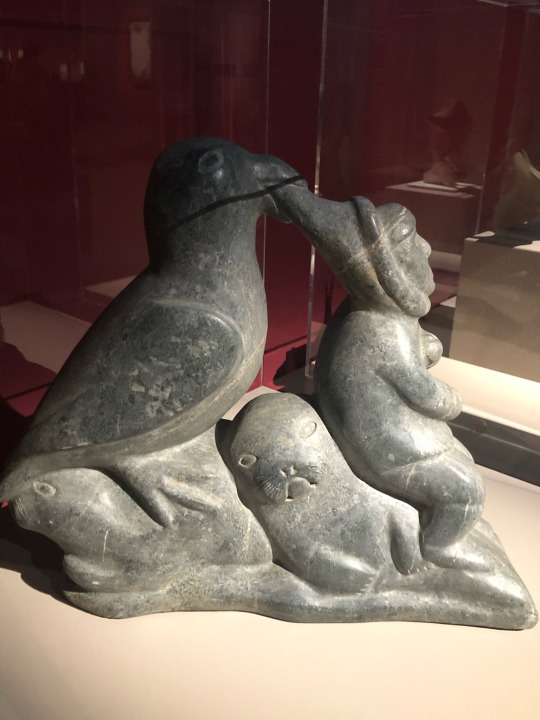

Went to an art exhibition and there were these inuit sculptures and they’re so pretty.
The seal is clearly holding a grudge
Also the mask looks so sleepy ( unfortunately I can’t remember what type of mask it was and I didn’t take that many pics)
#inuit culture#inuit folklore#indigenous art#inuit#cute seal#sculpture#he’s holding a grudge#grumpy#art exhibition#so sleepy
5 notes
·
View notes
Text
#cultural genocide#inuit culture#indigenous peoples#first nations#native americans#alaska#fema#federal emergency management agency
5 notes
·
View notes
Text
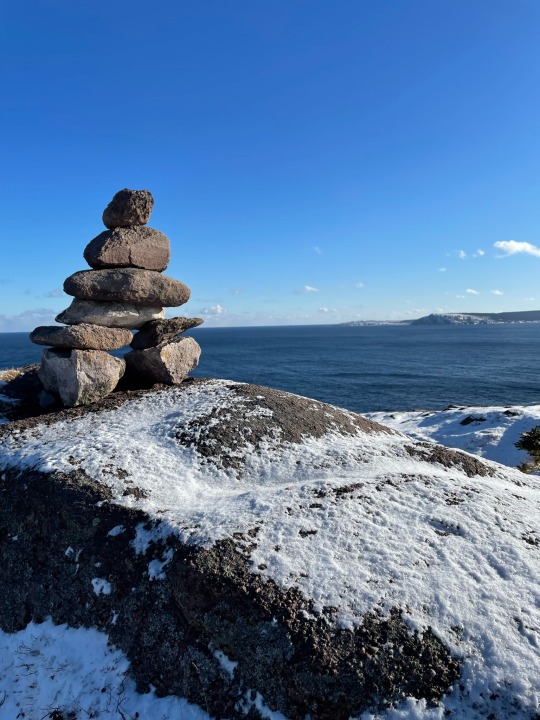

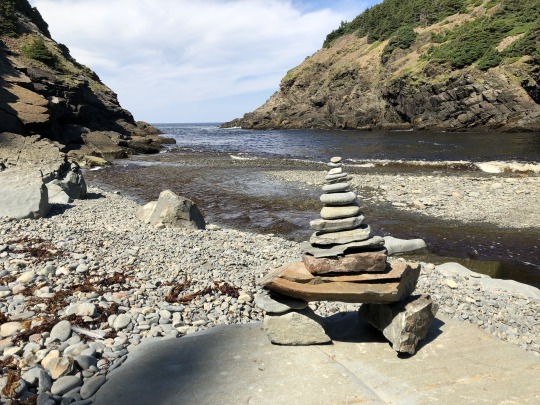



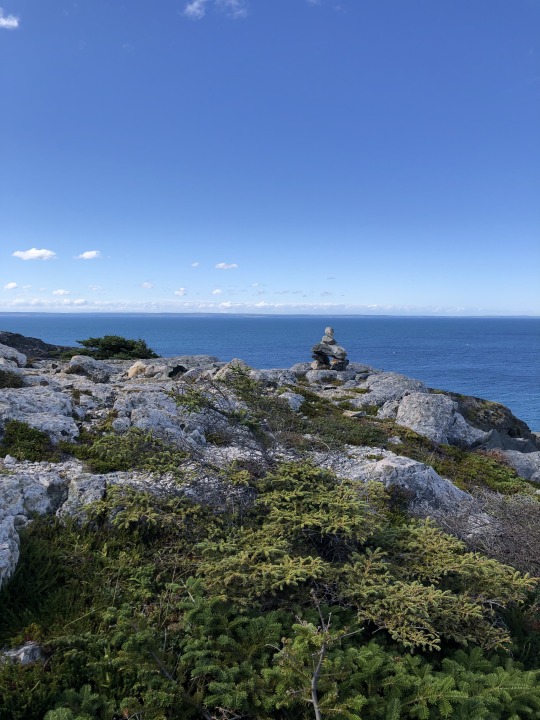
Inukshuks of the Avalon.
I love finding these. Might make one myself on my next hike.
#Newfoundland#Canada#Inukshuk#rocks#east coast#East Coast Trail#Signal Hill#St. John's#YYT#rock formation#Inuit culture#Canadian culture#the great white north#Sugarloaf Path#Deadman's Bay Path#Fort Amherst#Biscan Path#Ladies Lookout#Islington#Avalon penninsula
6 notes
·
View notes
Text

“ESKIMOS ARE NOT PRIMITIVE PEOPLE,” Montreal Gazette. November 30, 1932. Page 5.
----
Richard Finnie Describes Delights of Arctic Scenery
----
Toronto, November 29. "Eskimos are not refrigerated, blubber-saturated savages, but happy, intelligent, and hospitable people, the finest, most generous and most likeable people of all uncultured races," according to Richard Finnie, of Ottawa, who accompanied L. T. Burwash on his Franklin expedition to King William Island.
"The Arctic climate," Mr. Finnie said in an address here last night, :is by no means unbearable. The summers are short, but warm and pleasant. The winters are cold, but I have suffered far more with cold in civilization, wearing its ridiculously inadequate clothing.
"The tourist has begun to discover the Mackenzie River," Mr. Finnie said. "There are 2,000 miles of magnificent waterway through absolutely unspoiled country, to be travelled in comfort by aeroplane, steamboat or canoe.
"The aeroplane has changed the whole situation in the Arctic. It is possible that across the fringe of the polar ocean, towns and cities may grow up in the course of the next four generation's, the nucleus of a new empire."
Mr. Finnie is official archivist and photographer of the Canadian Arctic under the Department or Interior, Ottawa, and is a son of O. S. Finnie, former director of the Canadian Northwest Territories branch.
[AL: Weirdly positive account of Inuit society and culture, despite the racist and archaic name. Still, what a vision of settler colonialism - Vacationland forever.]
#toronto#inuit#inuit history#inuit culture#settler colonialism in canada#settler colonialism#noble savage stereotype#far north#mackenzie river#canadian arctic#great depression in canada#indigenous people
4 notes
·
View notes
Text
Slash/Back

Nyla Innuksuk’s Shudder Exclusive SLASH/BACK (2022) may be juvenilia, but it’s culturally relevant juvenilia that works on a lot of levels. The young Inuit girls in the remote town of Pangnirtung may not agree on how they feel about their hometown. Uki (Nalajoss Ellsworth) reveres the old ways while Maika (Tasiana Shirley) says the best thing about riding her father’s hunting boat is watching Pang get smaller and smaller until it disappears. But when alien parasites start taking over the local wildlife and a few humans, the young women band together to fight them off. Innuksuk grew up in Nunavut and informs the film with a keen sense of environment. She doesn’t have to strain to make her political points. One shot of the economically depressed town surrounded by the majestic beauty of the Northern Canada terrain says all you need to know about the lives these young women face. The actresses are all locals discovered and trained for the film, and they bring an impressive authenticity to the roles. At times they seem more natural than some of the professionals cast in the picture.
3 notes
·
View notes